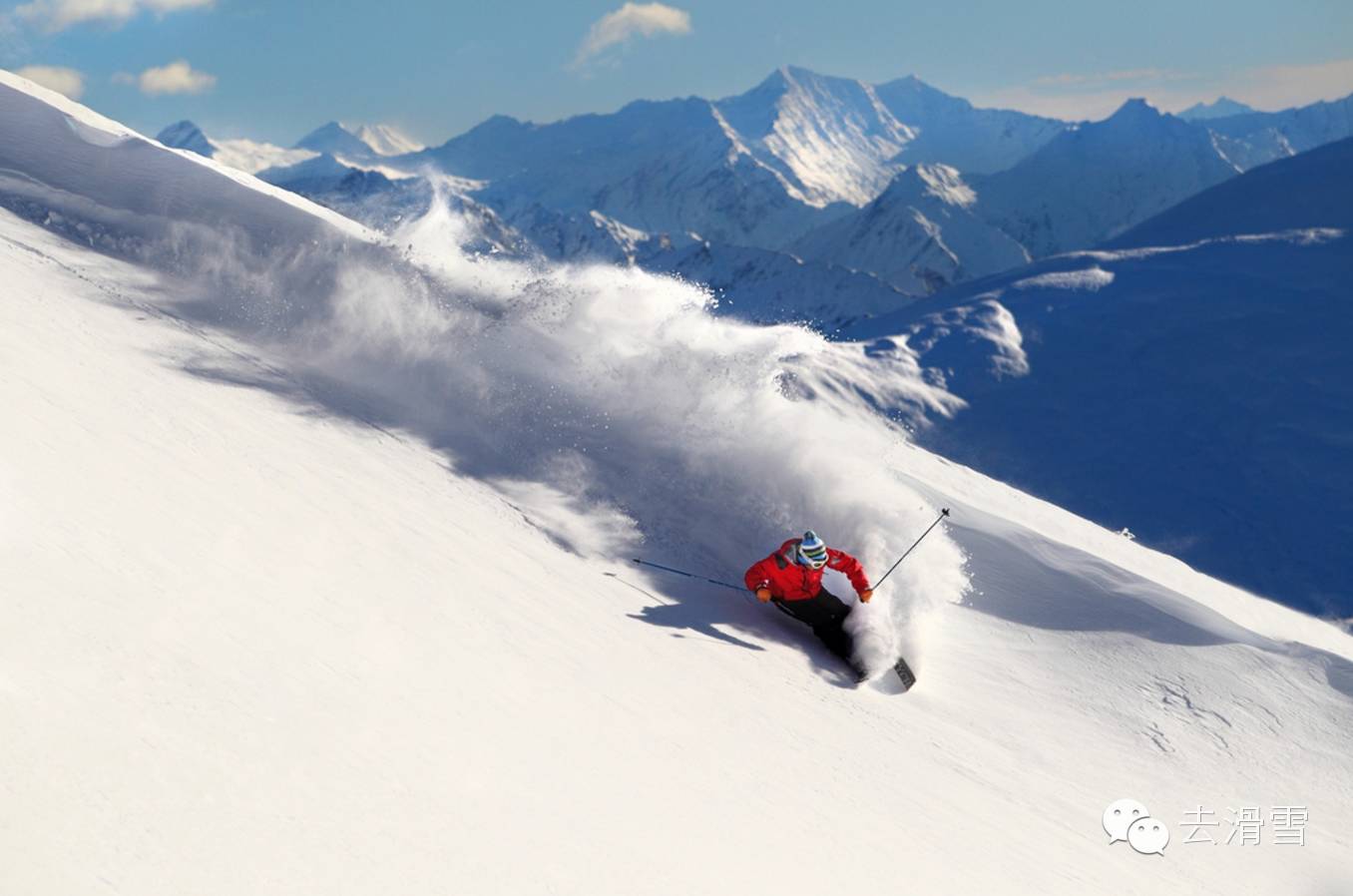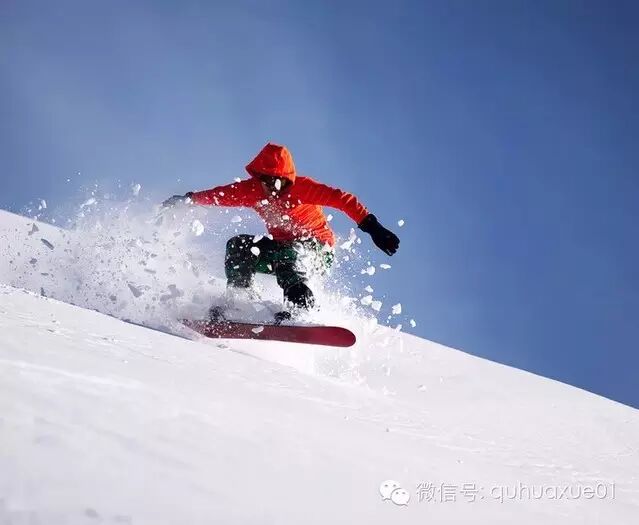Survival tips for escaping an avalanche


When snow slides down a hillside, it sometimes flows slowly like a pile of still-soft cement—only to be occasionally halted by obstacles in its path. At other times, vast amounts of snow rush or tumble down rapidly, carrying powerful gusts of air as they hurtle down the slope, ultimately forming slab avalanches.
Avalanches occur when snow suddenly breaks loose from mountain peaks, hurtling downhill with incredible speed and immense power—sweeping away everything in their path until they finally lose momentum on the vast plains below. Often referred to as "white death," these massive avalanches can weigh millions of tons. What makes avalanches so devastating is not just their sheer force, but also the way the flowing snow displaces the air ahead of it, creating a powerful shockwave that’s far more dangerous than the avalanche itself. This shockwave can flatten buildings, snap trees, and even suffocate people to death. Encountering an avalanche is extremely perilous, so anyone venturing into snowy terrain must know how to escape safely.
Please pay close attention to the following points: Avoid hiking in the mountains immediately after heavy snowfall—or even after several consecutive snowstorms. At these times, fresh snow or newly accumulated layers on top are particularly unstable. Even a slight disturbance, or even a single shout, could trigger an avalanche. Additionally, be aware that rapidly changing weather conditions—such as alternating cold and warm spells, sudden clearings, or the onset of spring when snow begins to melt—can further destabilize snowpacks, making avalanches far more likely. Never venture onto steep slopes, as avalanches typically move downhill, and even on slopes with a 1:5 gradient, they can occur. If you must traverse a sloped area, never go alone or in large groups; instead, proceed one at a time, ensuring that each person maintains a safe, easily observable distance from the one ahead. Keep an eye out for early signs of an impending avalanche, such as cracking sounds from ice and snow, deep rumbling noises, rolling snowballs, or spotting cloud-like grayish-white dust billowing upward from the mountain. Once an avalanche has passed, its path can often be identified by distinctive features like cliffs, unusually smooth terrain, or breaks in tree-covered slopes.
When escaping an avalanche—no matter the situation—you must immediately move away from the avalanche’s path. Assess the situation carefully: instinctively, you might instinctively head downhill, but remember that snow and ice are also rushing downward at speeds of up to 200 km/h. Running downhill could actually put you in even greater danger, as you risk being buried alive under the falling debris. Instead, it’s safer to move sideways, allowing you to either evade the avalanche entirely or climb to higher ground if possible. Lighten yourself by shedding any heavy items you’re carrying—like backpacks, skis, or ski poles. These bulky objects can make it far more difficult to move effectively if you find yourself trapped in the snow. Under no circumstances should you attempt to escape by skiing; doing so could only worsen your predicament. However, if you’re positioned near the edge of the avalanche’s path, you may still have a chance to swiftly ski out of harm’s way. If you’re caught in the avalanche and realize there’s no escape, remember to keep your mouth closed and hold your breath. This simple action can prevent life-threatening inhalation of snow and ice into your throat and lungs, which could lead to suffocation.
Grab onto anything stable along the hillside, like a towering rock. Even if you get temporarily caught in the flow, the snow and ice will eventually drain away—giving you your chance to escape. If you’re swept down the slope, do your best to climb onto the surface of the snowpack, then swim upstream using either the front crawl, backstroke, or doggy paddle to make your way toward the edge of the avalanche. As you fight against the current, you may need to use your hands to shield yourself from rocks and chunks of ice—but above all, keep pushing yourself upward until you reach the safety of the snow’s surface.



 WeChat ID: quhuaxue01
WeChat ID: quhuaxue01 Long press the QR code on the left to follow us.
Long press the QR code on the left to follow us.

![[Snowboarding] How to Maintain Your Snowboard? Plus a Gorgeous Lady’s Waxing Tutorial Video](https://api.zsiga.xyz/mp-weixin-attachment/cover/19/401191811_1.jpg)